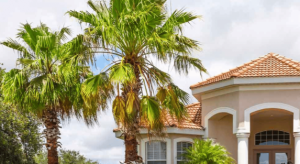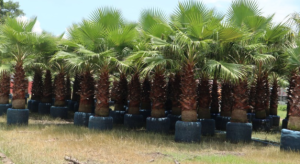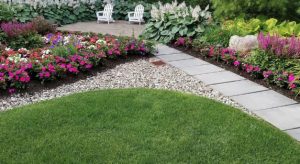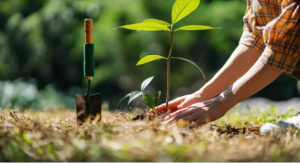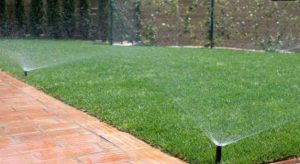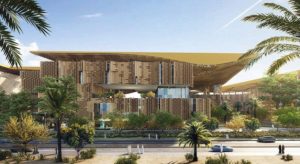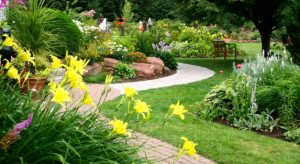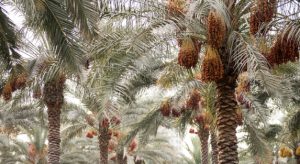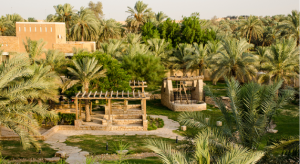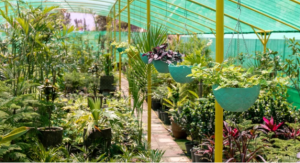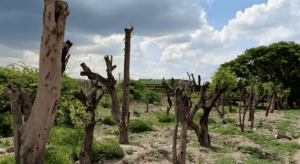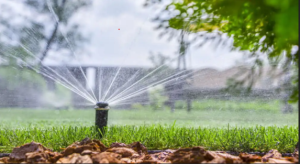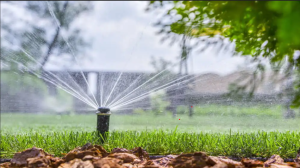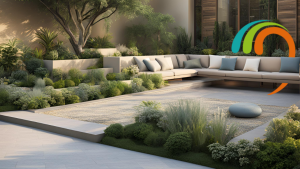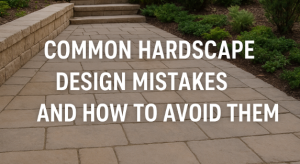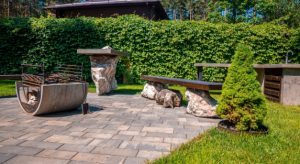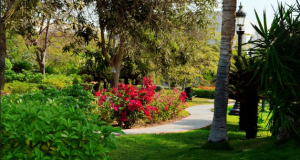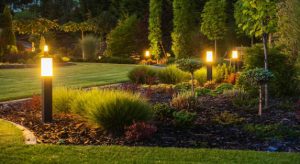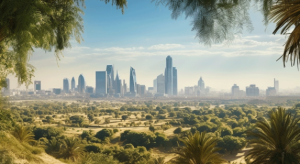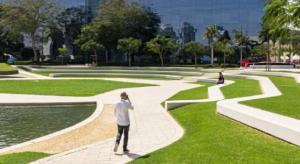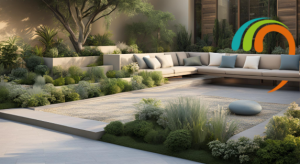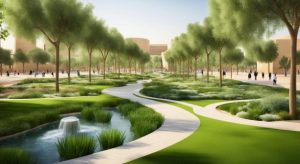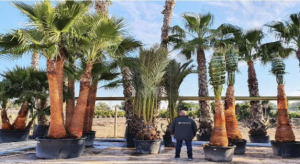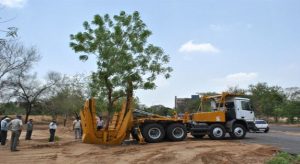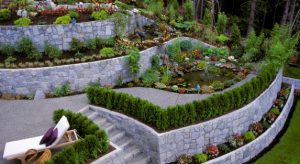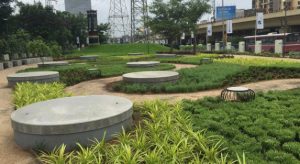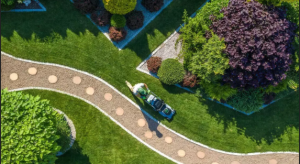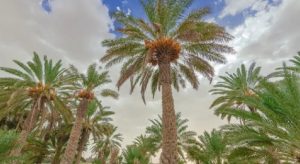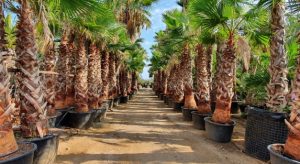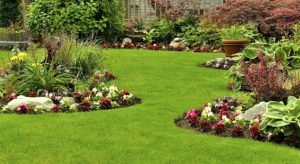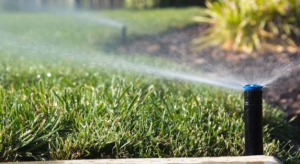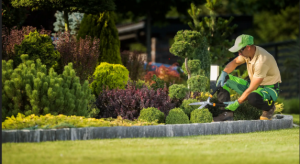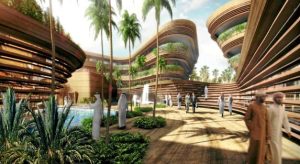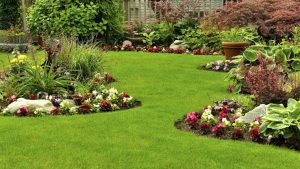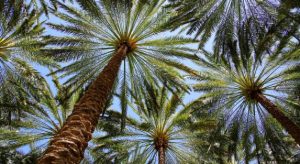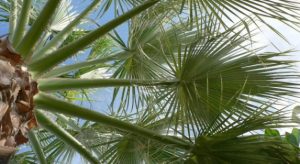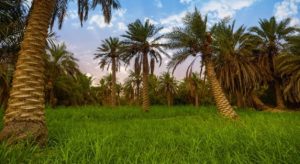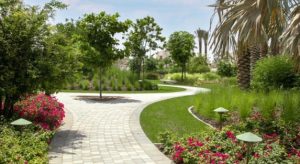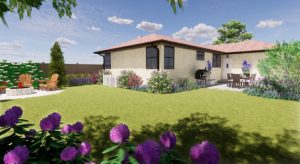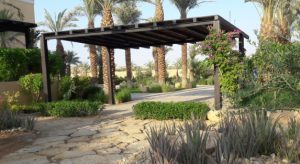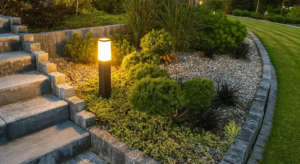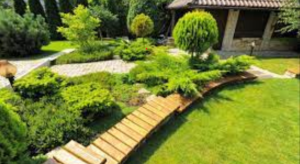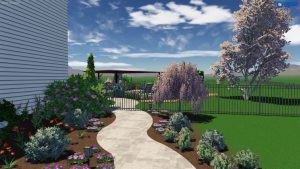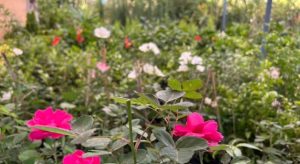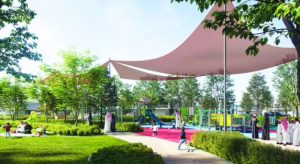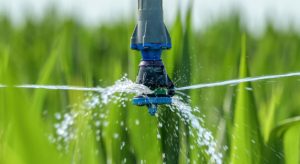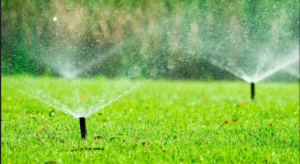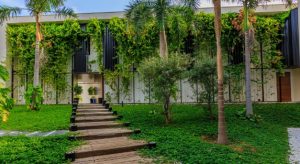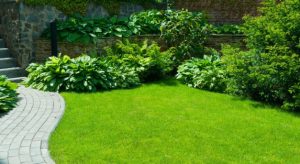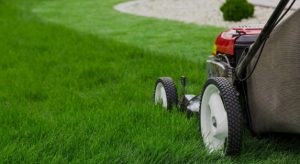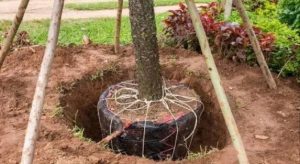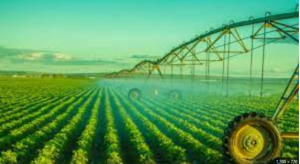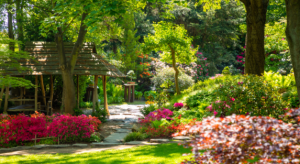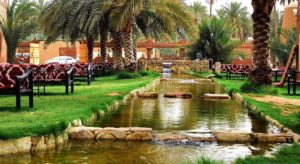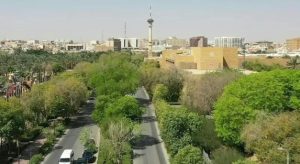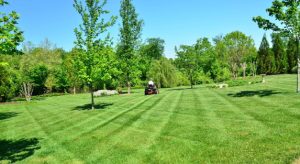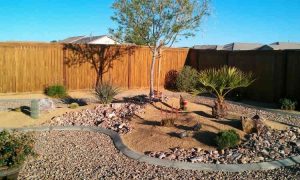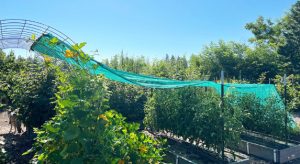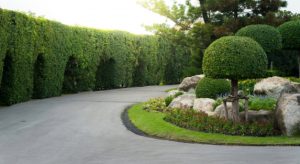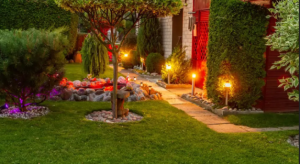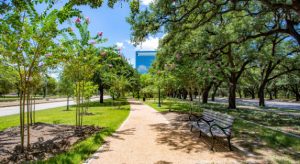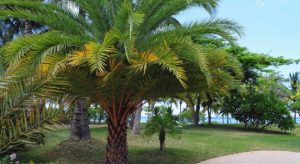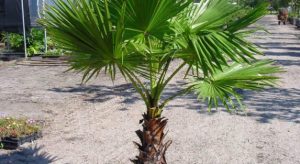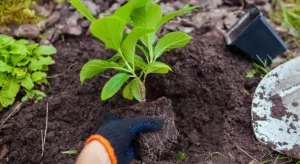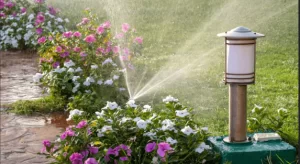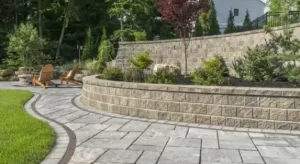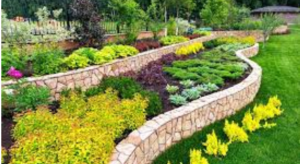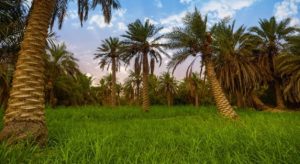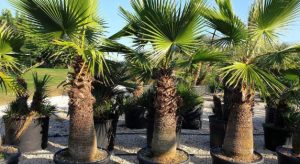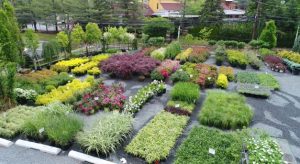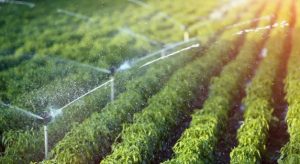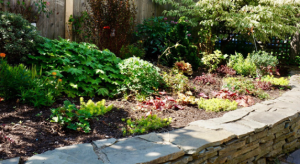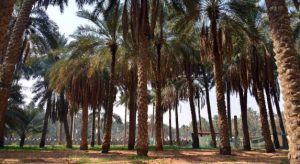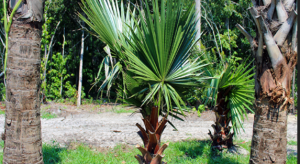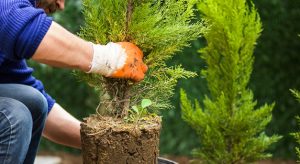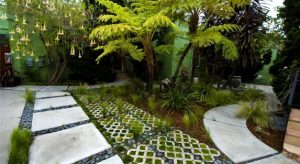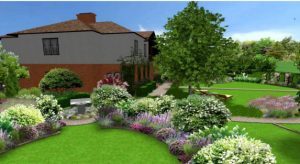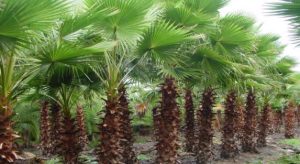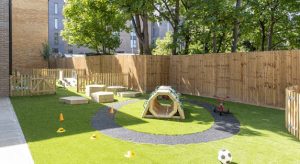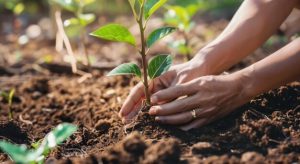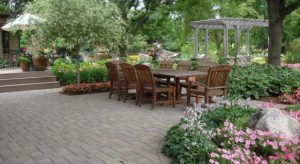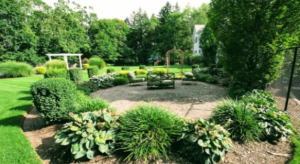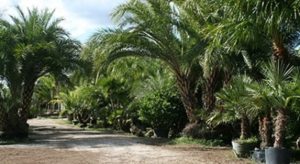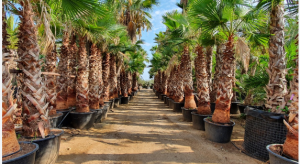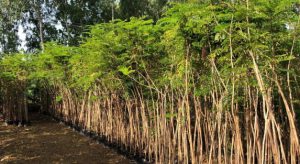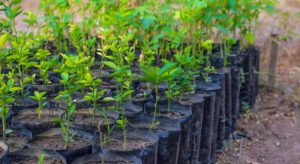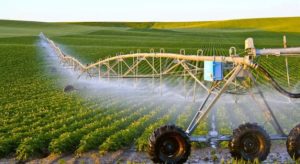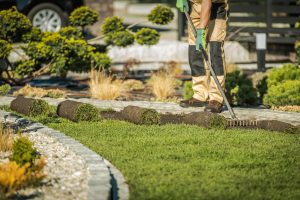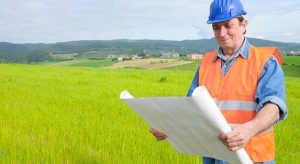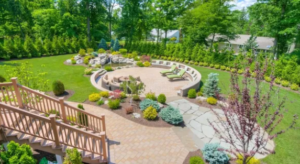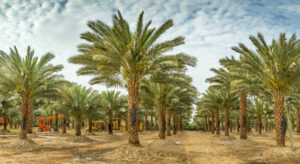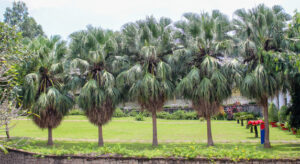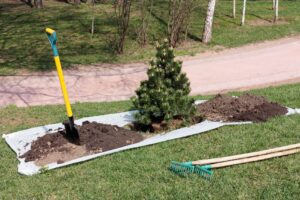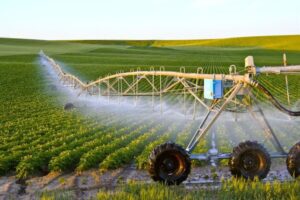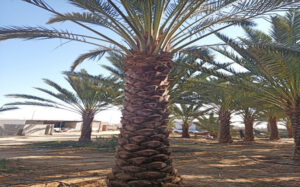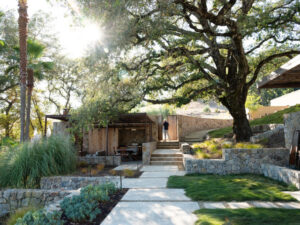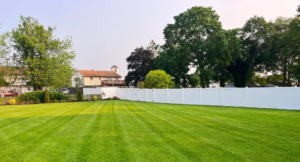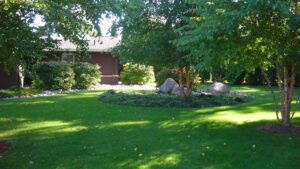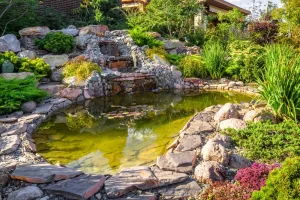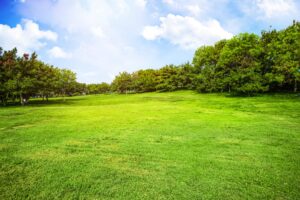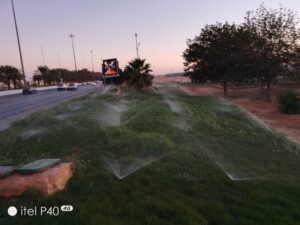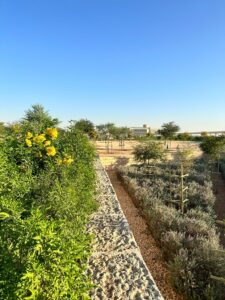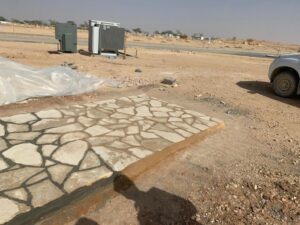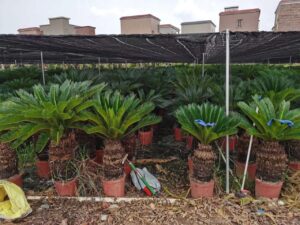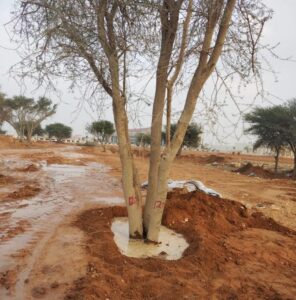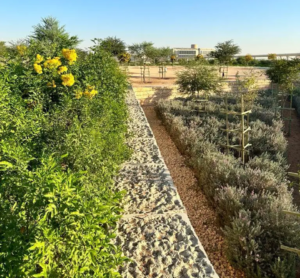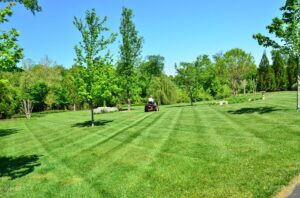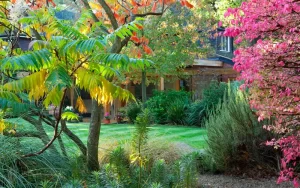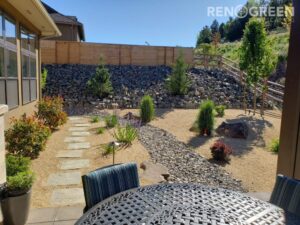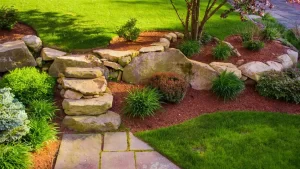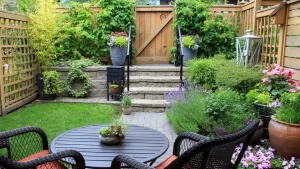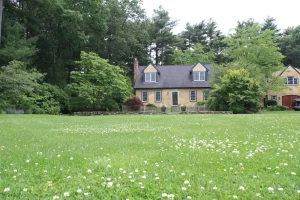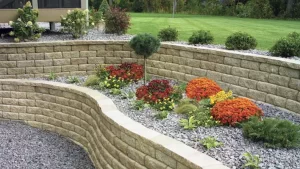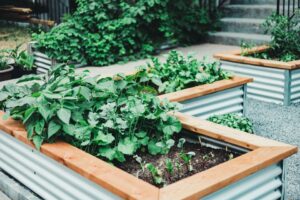How Technology is Changing Tree Transplanting Services
8 October, 2025
Tree transplanting has always been a highly specialized service requiring expertise, careful planning, and precision execution. In Saudi Arabia, where harsh climatic conditions and unique soil types present additional challenges, professional tree relocation is essential for maintaining healthy urban landscapes, commercial properties, and private estates. A Tree Transplanting Services Company in Saudi Arabia ensures that trees are relocated efficiently, safely, and with minimal risk of stress or damage. Over the past decade, technology has revolutionized the way tree transplanting services operate, making the process faster, more accurate, and sustainable. From advanced machinery to digital mapping and post-transplant monitoring, modern technology has transformed every stage of tree relocation, enabling companies to handle large-scale projects with higher success rates and improved efficiency.
The introduction of innovative tools and techniques has not only enhanced operational efficiency but also elevated the overall quality of services offered by tree transplanting companies. For example, hydraulic spades, cranes, and specialized lifting equipment allow for the safe relocation of even the largest and most delicate trees. Additionally, digital planning tools and GPS mapping ensure optimal positioning and alignment of trees in their new locations. Automation, robotics, and IoT-enabled monitoring systems have further streamlined the process, reducing labor-intensive tasks while improving post-transplant survival. In a country like Saudi Arabia, where environmental conditions can be unpredictable, leveraging technology ensures that trees thrive after relocation, supporting sustainable urban forestry and environmentally responsible landscaping practices.
Today, forward-thinking tree transplanting services in Saudi Arabia are integrating cutting-edge technology into every phase of their operations. From initial site assessment and equipment selection to transplant execution and long-term monitoring, technology plays a pivotal role in delivering safe, reliable, and professional tree relocation services. In the following sections, we will explore how technology has reshaped equipment use, planning, automation, post-transplant care, and sustainability in modern tree transplanting services.
1. Advanced Equipment for Safe and Efficient Tree Relocation
One of the most significant ways technology has impacted tree transplanting is through advanced equipment designed for safety and efficiency. Traditional methods relied heavily on manual labor and simple tools, which were often risky and time-consuming. Today, a Tree Transplanting Services Company in Saudi Arabia uses hydraulic tree spades, cranes, and specialized lifting machinery to relocate trees of all sizes with minimal root damage. Hydraulic spades, for instance, cradle the root ball while simultaneously cutting and lifting it from the ground. This precise action reduces transplant shock, enhances the survival rate of the tree, and allows for faster project completion.
Crane-assisted tree relocation is another game-changing innovation, particularly useful in urban environments with limited space or difficult access. Cranes lift trees carefully and place them in precise positions, minimizing the risk of damage to surrounding infrastructure and vegetation. These machines, combined with digital controls, allow operators to monitor movement and ensure stability throughout the process.
In addition to spades and cranes, modern transport vehicles are designed to support large trees safely, with adjustable supports and shock-absorbing platforms that protect the tree during transit. GPS mapping and route planning technology ensure that the tree is transported efficiently, avoiding obstacles and minimizing road risks.
By integrating technology into equipment, a professional Tree Transplanting Services Company in Saudi Arabia can handle projects that were once deemed impossible. From urban parks to commercial developments and private estates, these advanced tools allow for quicker, safer, and more reliable tree relocation, ensuring that each tree reaches its new location in optimal condition.
2. Digital Mapping and Site Planning for Precision
Another revolutionary change in tree transplanting services is the use of digital mapping and site planning tools. Traditionally, tree relocation relied on manual measurement and estimation, often leading to inaccuracies and potential damage. Today, companies employ software and 3D modeling to plan every aspect of a tree transplanting project. A Tree Transplanting Services Company in Saudi Arabia can create digital maps of the tree’s current location, the surrounding environment, and its intended placement. This allows the team to consider all variables, including terrain, soil type, irrigation systems, sunlight exposure, and nearby structures.
Digital planning tools also enable precise route mapping for transporting trees, reducing risks during lifting and transit. GPS-enabled systems track the tree’s movement in real-time, ensuring that each step follows the planned route and avoids obstacles. Advanced simulation features allow companies to predict potential challenges, such as uneven terrain or underground utility lines, before physical work begins.
Site planning technology also facilitates post-transplant success. By analyzing environmental conditions at the new location, including soil composition and drainage, companies can make data-driven decisions on root ball preparation, watering schedules, and soil amendments. This ensures that the transplanted tree receives optimal support for healthy growth.
For a Tree Transplanting Services Company in Saudi Arabia, digital mapping and site planning reduce human error, improve operational efficiency, and enhance tree survival rates. By combining technology with expertise, companies can execute complex relocation projects with precision, ensuring that trees thrive in their new environments.
3. Automation and Robotics in Tree Transplanting
Automation and robotics are becoming integral to modern tree transplanting, particularly for large-scale or labor-intensive projects. Robotic machinery can assist in tasks such as root ball preparation, soil excavation, and even post-transplant maintenance. In Saudi Arabia, where extreme heat and arid conditions make manual labor challenging, robotics improves safety, precision, and efficiency.
For example, robotic diggers can remove soil without damaging the root system, while automated irrigation systems ensure consistent moisture levels for newly transplanted trees. Some advanced robotic systems are also capable of monitoring soil compaction and adjusting planting depth in real time, providing optimal conditions for tree establishment.
By integrating automation, a professional Tree Transplanting Services Company in Saudi Arabia can complete projects faster and with fewer laborers, reducing both operational costs and human error. Robotics also enhances safety by minimizing manual handling of heavy trees, which can be risky in traditional transplanting methods.
Furthermore, automation facilitates large-scale urban landscaping projects. Multiple trees can be prepared, lifted, and positioned simultaneously, which was previously impossible with manual methods. The combination of robotics and human expertise ensures precise, reliable, and safe tree relocation, maintaining both environmental integrity and aesthetic appeal.
4. Monitoring and Post-Transplant Care Technology
Technology’s impact on tree transplanting extends beyond the relocation process into monitoring and post-transplant care. Ensuring a tree survives and thrives after replanting is critical, especially in the challenging Saudi climate. Modern systems use sensors, IoT devices, and drones to track soil moisture, temperature, and nutrient levels.
A Tree Transplanting Services Company in Saudi Arabia can remotely monitor each tree, receiving real-time alerts if irrigation or fertilization is required. Drones provide aerial surveillance of large projects, identifying areas needing maintenance and ensuring uniform tree growth. These technologies allow companies to respond quickly to environmental stresses, significantly increasing the survival rates of transplanted trees.
Additionally, mobile applications help landscape managers document growth, track care schedules, and manage multiple sites efficiently. This combination of monitoring technology and professional expertise ensures transplanted trees remain healthy, reducing the need for costly replacements and enhancing long-term landscaping outcomes.
Post-transplant care technology not only improves tree survival but also supports sustainable landscaping practices by optimizing water usage and reducing environmental impact.
5. Sustainability and Efficiency Through Technology
Beyond precision and efficiency, technology also contributes to sustainable tree transplanting practices. Advanced machinery reduces soil disruption, minimizes fuel consumption during transport, and decreases tree mortality rates. Digital planning tools help companies allocate resources efficiently, reducing waste of water, labor, and energy.
A Tree Transplanting Services Company in Saudi Arabia that integrates technology can handle large-scale urban projects while maintaining environmental responsibility. Optimized planning, robotic assistance, and monitoring systems ensure minimal ecological disturbance while supporting greenery in urban areas.
By using technology to enhance efficiency and sustainability, companies provide greener solutions for clients, supporting long-term landscaping goals and environmental stewardship. This approach ensures trees not only survive but flourish, contributing to healthier, aesthetically pleasing urban spaces.
Conclusion
Technology has transformed tree transplanting services, making the process safer, faster, and more reliable. From advanced machinery and digital site planning to robotics and post-transplant monitoring, modern Tree Transplanting Services in Saudi Arabia can relocate trees with minimal stress and maximal survival rates. These innovations improve operational efficiency, reduce labor costs, and promote sustainable landscaping practices.
For property owners, urban planners, and commercial clients, partnering with a Tree Transplanting Services Company in Saudi Arabia that embraces modern technology guarantees professional, reliable, and environmentally responsible tree relocation solutions. Leveraging these advancements ensures that transplanted trees thrive in their new locations, supporting greener, healthier, and more vibrant landscapes across the region.
- Fountain and Waterfalls
- Gardening
- hardscape
- Irrigation system
- Landscape
- Lawn
- Nursery
- Palm Tree
- Plantation and Maintenance
- softscape
- Tree Transplanting
- Washingtonian Tree
Categories
Latest Post
- Fountain and Waterfalls
- Gardening
- hardscape
- Irrigation system
- Landscape
- Lawn
- Nursery
- Palm Tree
- Plantation and Maintenance
- softscape
- Tree Transplanting
- Washingtonian Tree





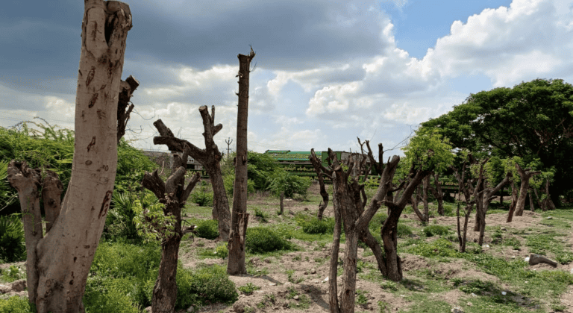
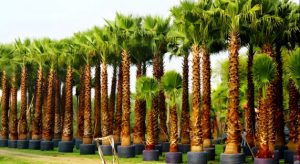
 .
.